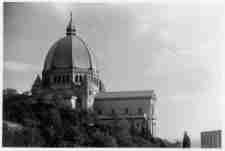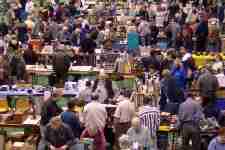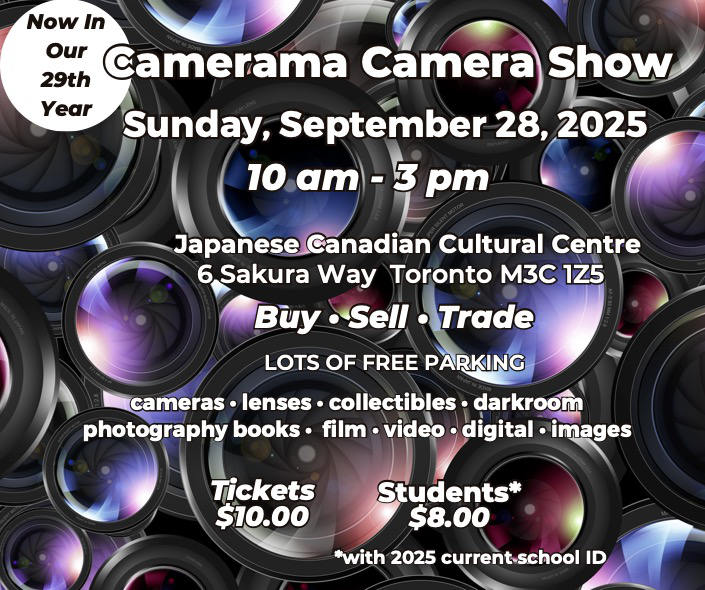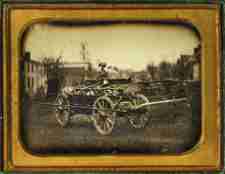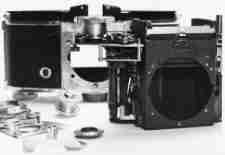
my late 1950s Exakta VX IIa partly disassembled
Toronto. Have you noticed that many things take on the construction skills of the day? As a kid, radio chassis and cameras were often manufactured in metal. Parts were held together by screws and rivets. This applied to cars, kitchen appliances, sewing machines, microscopes, etc. as well.
A home tinkerer with patience and care could literally disassemble and reassemble anything. My first quality 35mm camera was assembled in the same way and could be taken apart on the kitchen table. You could see a change was coming as some parts were pressure fitted and others glued. Lenses were a bigger challenge – you needed a collimator to align the lens elements.
I assembled a few computers and took apart others to marvel at the manufacturing expertise displayed (or occasionally cheap construction). Today (and for the past decade or so) I have had Apple products with nary a screw in sight. I learned on the internet that access was available by un-gluing/re-gluing; using glass panel suction devices, special tools, etc.
Older cameras and lenses from the 1800s were constructed of wood, leather (bellows and sometimes the covering), glass, brass, flat-metal, screws, rings, and various brass parts, etc. Paint and polish could often make the piece more visibly appealing too. This allowed a reasonably skilled craftsman to repair, restore, etc such a camera or lens.
Modern cameras (if large enough) have barely visible screws set flush and coloured to blend in. Smartphone cameras are tiny and seemingly impossible to remove and disassemble successfully. If the camera quits, it’s junked in favour of a newer one with better features. Yes, many things today are throwaways, too complex and time consuming to repair. There is no thought of the future (other than in the mind of canny collectors).
Speaking of collecting, come on over to our fabulous fall fair on October 19th. It is being held in Southwest Toronto at the Trident Hall (Evans/Islington). Good food; public transportation; free parking on site and near by; cheap admission; and bargains for your collection be it plate, film, or digital – hardware or images. Details are in the PHSC News newsletter for July (issue 25-7) and will appear here closer to the fair date.


